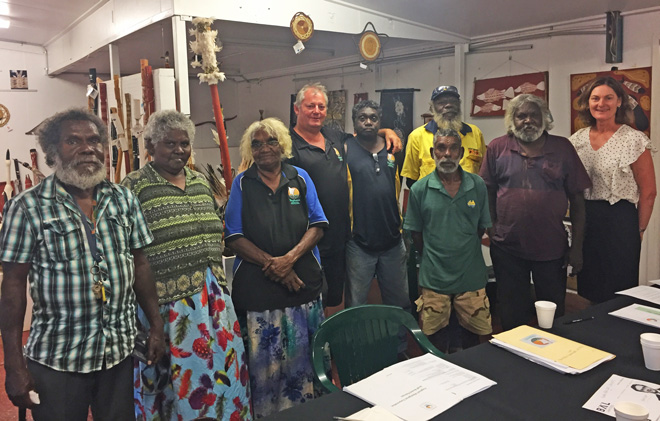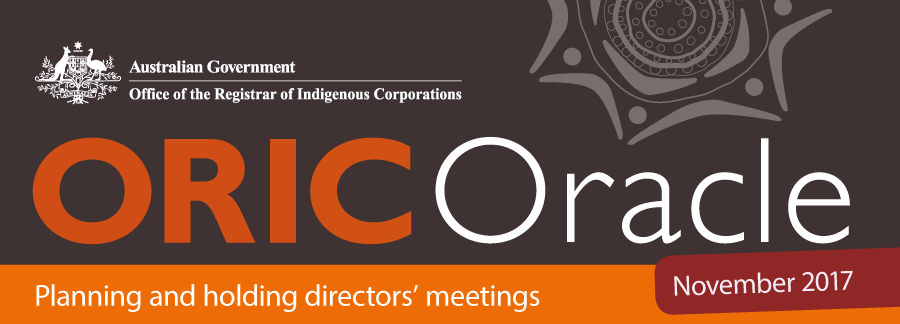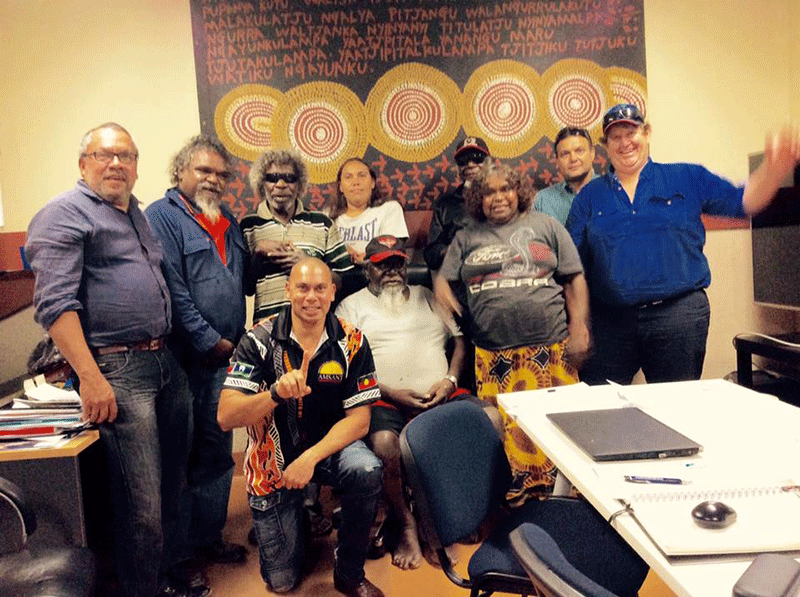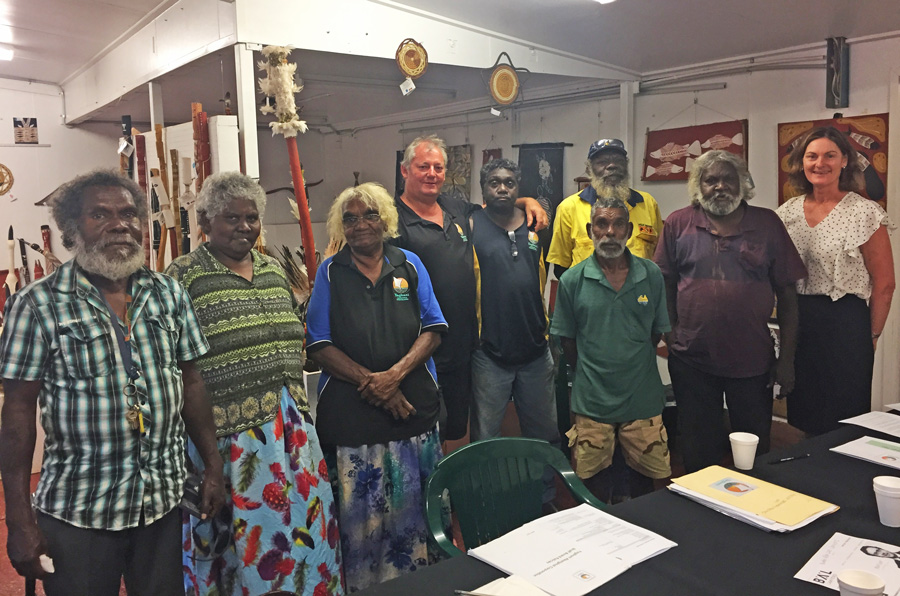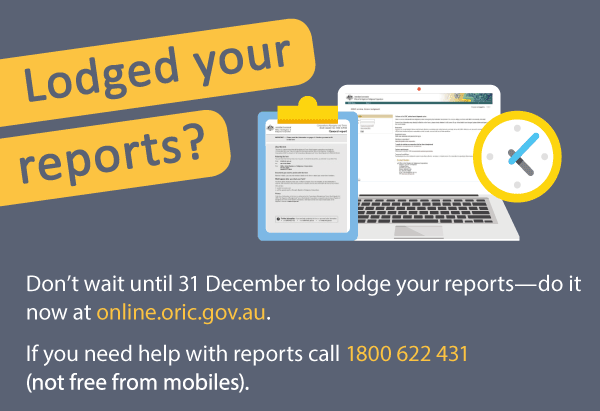Holding a good meeting
Before you begin, make sure you have someone to facilitate the meeting (a chair) and someone to make a record of it (a minute taker).
Staying on track
You probably have a lot to discuss, and you might not have enough time to discuss it all.
Firstly, you should try to start your meeting on time.
Secondly, avoid too much talk and not enough deciding. Issues will arise in meetings that deserve a lot of attention and require more time to talk about than you can reasonably give them within the meeting.
The chair needs to keep an eye on the time, to make sure that you can cover your whole agenda. If a decision needs to be made, the chair might need to rein in the conversation and put the matter to a vote. If there’s still too much unknown about the issues, you might prefer to defer the decision, and ask someone to find out more and report to the board at the next meeting.
Participating in making decisions
The long-term success and viability of a corporation relies on its directors making good decisions. Good decisions won’t happen if directors simply agree without question to every recommendation put to them. You need to ensure you understand the key issues, what’s at stake, the potential benefits, the risks, what the law says and if there are other options you could take to achieve your corporation’s objectives.
Remember: Directors are accountable to the corporation’s members to do a good job.
Confidentiality
Some of what directors discuss is sensitive. Maybe it’s personal, or maybe it has implications for the money story. Directors should at all times keep confidential information (including board papers) and discussions to themselves.
Declaring conflicts of interest
Before an agenda item is discussed, it is good practice for directors to declare if they have any conflict of interest in the matter. The other directors need to determine whether a conflict of interest exists and then decide how it should be handled. For example, should the person leave the meeting for that agenda item?
Action items
Some decisions will require further action. Any actions that are agreed in the meeting must be noted in the minutes, along with who is responsible for doing the work and by when.
At the next directors meeting you need to check the minutes of the last meeting for any action items and find out what progress has been made.
Uninvited guests
You might ask staff to assist with your meeting, or invite staff or a stakeholder to present a report to the directors. But board meetings are for directors, not others who might happen to be around. If you receive an uninvited visitor, the chair should pause the meeting and make sure the person understands that you’re doing important work for the corporation and that they must leave so that the meeting can continue.
Hearing bad news
Sometimes the reports from staff may contain bad news, that is, difficult, controversial or sensitive information. Examples include a poor money story, a failed funding application, or a corporation goal that wasn’t met.
Because directors have ultimate responsibility for the corporation, it’s absolutely essential that they hear the bad news stories so they can respond appropriately. It’s therefore important that directors create an atmosphere in the boardroom that is open and honest so that people presenting reports feel comfortable providing bad news if they need to.
|
